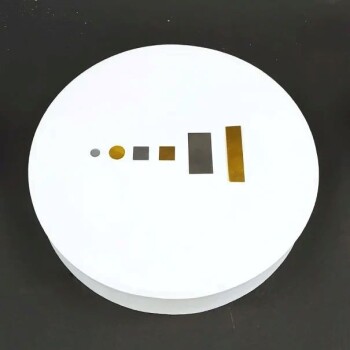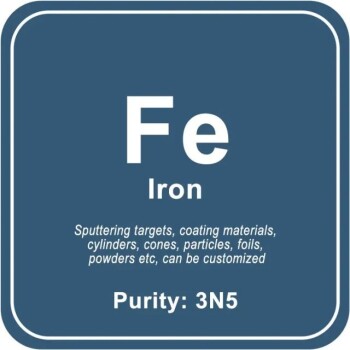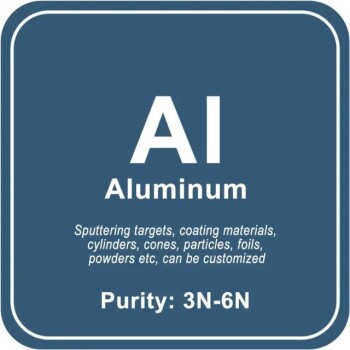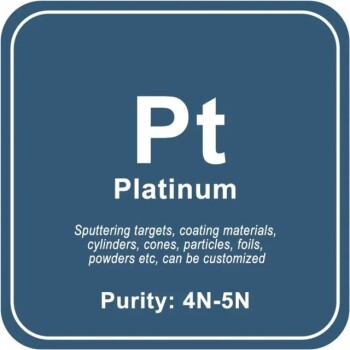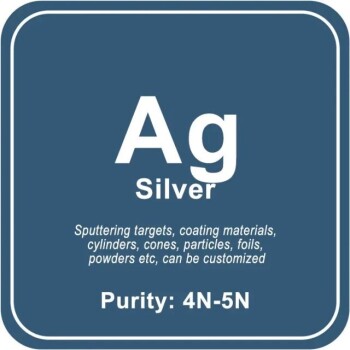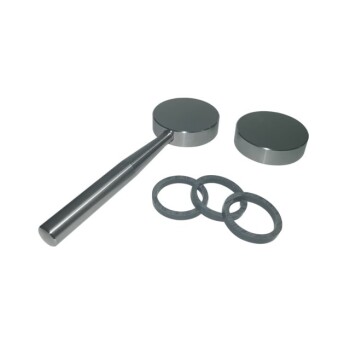The test for metal purity, especially for precious metals like gold, silver, and platinum, is called X-ray Fluorescence (XRF) analysis.
XRF analysis is non-destructive, accurate, and quick.
This makes it perfect for identifying the purity of metals in applications like jewelry, investment gold, and industrial catalysts.
XRF analyzers, such as the XRF990 handheld precious metal analyzer, use advanced technology to determine the concentration of precious metals in materials without causing any damage.
5 Key Points Explained

1. X-ray Fluorescence (XRF) Analysis
Definition: XRF is a non-destructive testing method that uses X-rays to excite the atoms in a metal sample.
This causes the atoms to emit fluorescent energy.
This energy is then analyzed to determine the chemical composition and purity of the metal.
Advantages: XRF is fast, accurate, and does not damage the sample.
It is widely used in various industries for quality control and purity testing.
2. Applications of XRF in Metal Purity Testing
Jewelry Industry: XRF is used to verify the purity of gold, silver, and platinum in jewelry.
It helps in identifying counterfeit items and ensuring the quality of materials.
Precious Metals Recycling: XRF is crucial for accurately analyzing the purity and concentration of recycled precious metals.
This ensures they meet the required standards.
Industrial Catalysts: XRF is used to test precious metals like platinum, rhodium, and palladium in industrial catalysts.
This ensures their effectiveness and purity.
3. Technical Specifications of XRF Analyzers
Handheld Devices: Devices like the XRF990 use advanced ceramic packaged microfocus X-ray tubes and high-performance semiconductor detectors for precise analysis.
User-Friendly Interface: These devices feature large-size high-definition touch screens with intuitive graphical interfaces, making them easy to operate.
Safety Features: XRF analyzers are designed to be safe and non-destructive, with automatic radiation protection devices to safeguard operators.
4. Comparison with Other Metal Purity Testing Methods
Nitric Acid Test: This method involves scraping a piece of metal and applying nitric acid to determine purity.
However, it is destructive and not suitable for valuable items.
Weight/Density Measurement: This method is unreliable as gold is often alloyed with other metals, affecting its density.
Hallmarks: While hallmarks indicate purity, they can be forged, making them an unreliable method for purity testing.
5. Benefits of Using XRF for Metal Purity Testing
Non-Destructive: XRF leaves the sample intact, making it ideal for testing valuable items like jewelry and investment gold.
Fast and Accurate: XRF provides quick and accurate results, often in seconds, which is crucial for industries requiring rapid analysis.
Versatility: XRF can analyze a wide range of metals and alloys, making it a versatile tool for various applications.
In summary, X-ray Fluorescence (XRF) analysis is a highly effective method for determining the purity of metals.
Its non-destructive nature, accuracy, and speed make it an indispensable tool in industries dealing with precious metals.
This ensures the quality and authenticity of materials.
Continue exploring, consult our experts
Experience the precision and efficiency of XRF analysis with KINTEK SOLUTION's state-of-the-art technology.
From authenticating jewelry to optimizing industrial catalysts, our advanced analyzers, like the XRF990, deliver fast, non-destructive purity testing.
Don't settle for less – elevate your metal testing game with KINTEK SOLUTION.
Contact us today to learn how our XRF solutions can transform your lab's capabilities!
